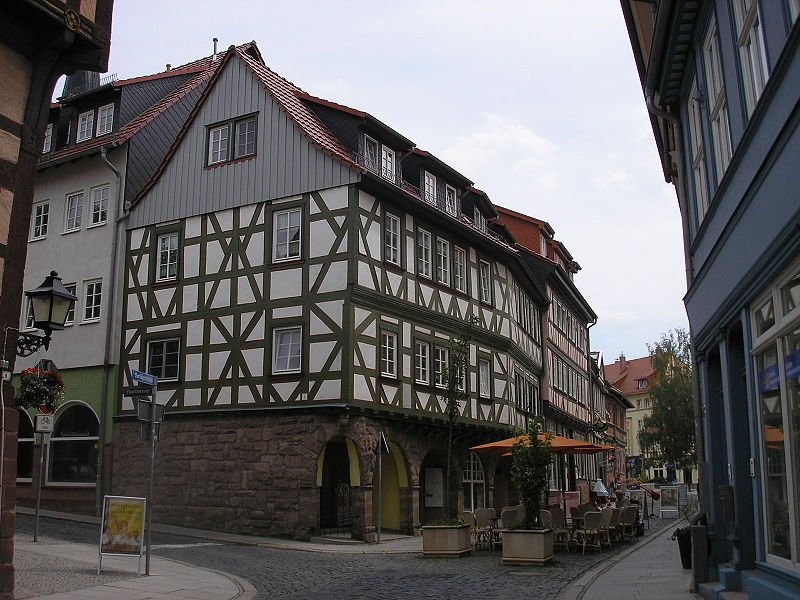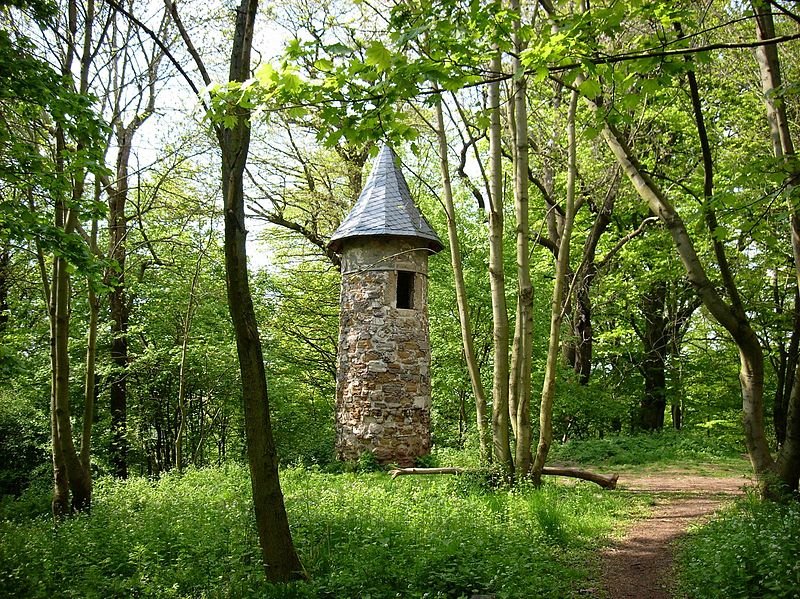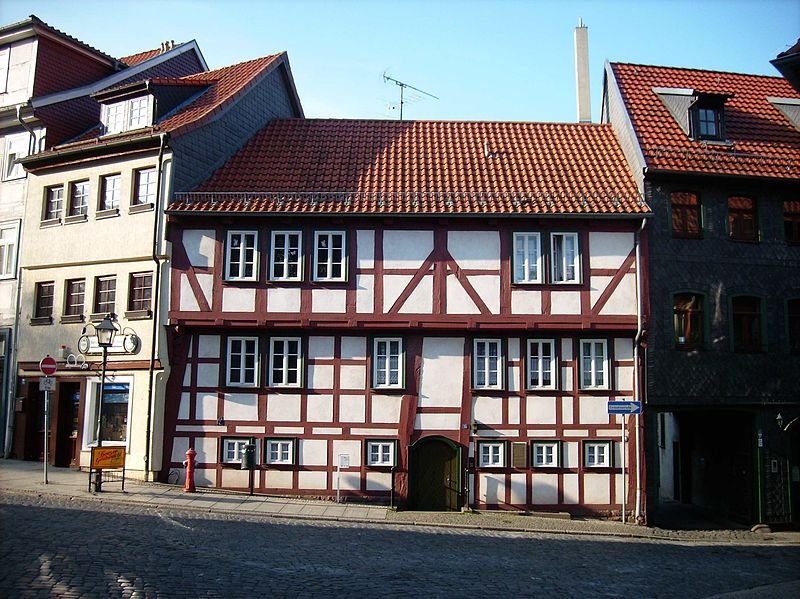 The Altstadt (old town) of Nordhausen, Thuringia, Germany
The Altstadt (old town) of Nordhausen, Thuringia, GermanySource: https://commons.wikimedia.org/wiki/File:Altstadt_Nordhausen2.JPG
Author: Michael Sander

Nordhausen is a town on the northern part of the state of Thuringia, Germany. Located on the southern edge of the Harz Mountains, it occupies an area of 105 sq km (41 sq mi) and has a population of 44,000 people (2012 estimate). It also serves as district capital of the eponymous district.
The history of Nordhausen goes back to AD 927, where it first appeared in a document of King Henry the Fowler (Heinrich der Finkler). It was made an Imperial Free City in 1220, and kept its independence even when its surroundings became part of Brandenburg-Prussia in 1648. If finally lost its independence following the Napoleonic Wars, when it was absorbed into the Prussian Province of Saxony.
During the Second World War, Nordhausen was the site ofthe Mittelbau-Dora concentration camp which provided forced labor for the Mittelwerk V-2 rocket factory. The town fell to US forces on 11 April 1945, but was later turned over to the Red Army.
Nordhausen became part of East Germany after the war and was incorporated into the state of Thuringia following reunification in 1990.
 The small watchtower in Hohenrode Park, in Nordhausen, Thuringia, Germany
The small watchtower in Hohenrode Park, in Nordhausen, Thuringia, GermanySource: https://commons.wikimedia.org/wiki/File:HohenrodeWartt.jpg
Author: Jwaller

How to go to Nordhausen
Nordhausen can be reached from Halle and Leipzig on Autobahn 38 heading west.Places of Interest in Nordhausen
- Bochumhaus
- Cathedral of the Holy Cross (Zum Heiligen Kreuz)
- Frauenberger Kirche
- Hohenrode Park
- Kunsthaus Meyenburg
- Petriturm
- Statue of Roland
 Bochumhaus, a timber-framed house in Nordhausen
Bochumhaus, a timber-framed house in NordhausenSource: https://commons.wikimedia.org/wiki/File:NordhausenBochumhaus.jpg
Author: Jwaller

 Latest updates on Penang Travel Tips
Latest updates on Penang Travel Tips

Copyright © 2003-2025 Timothy Tye. All Rights Reserved.

 Go Back
Go Back